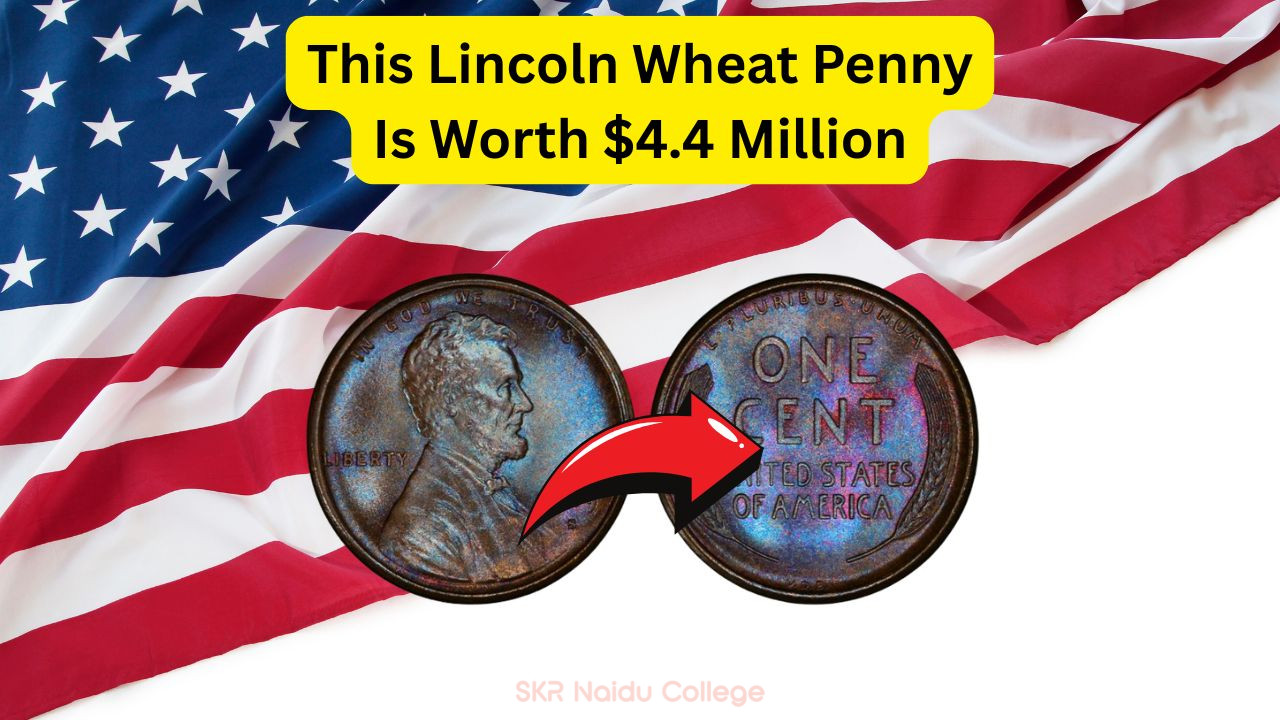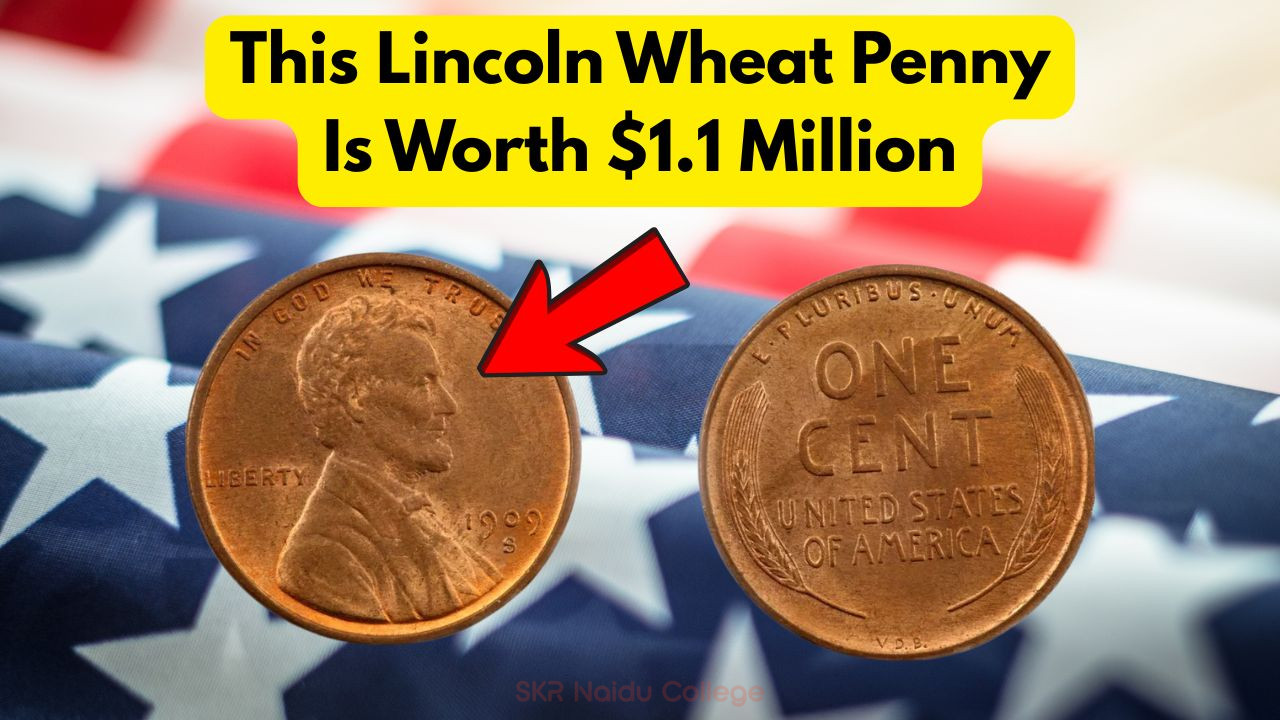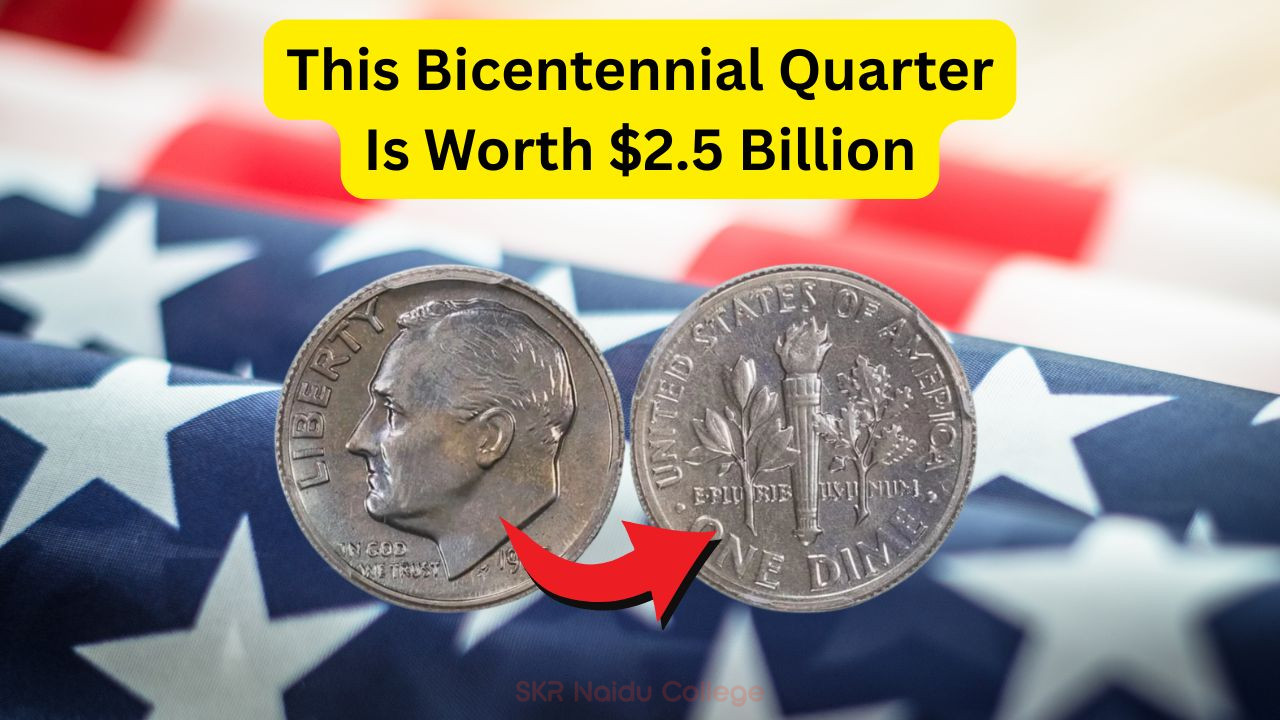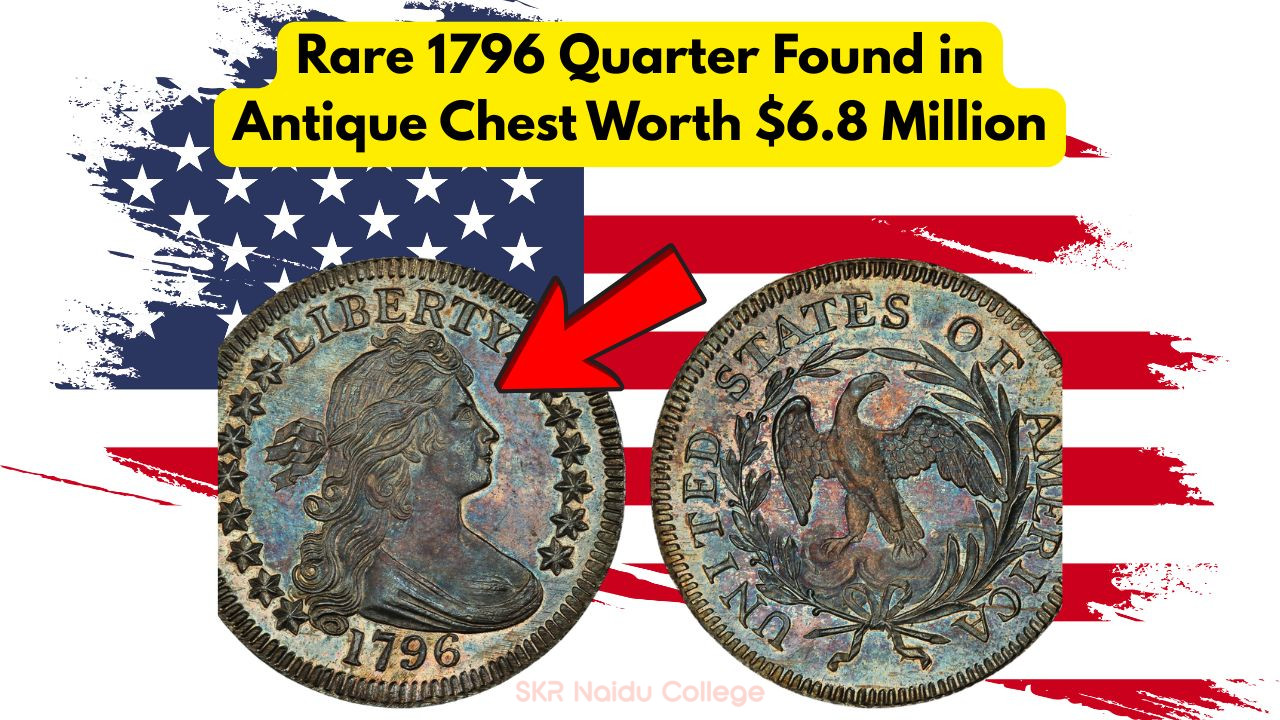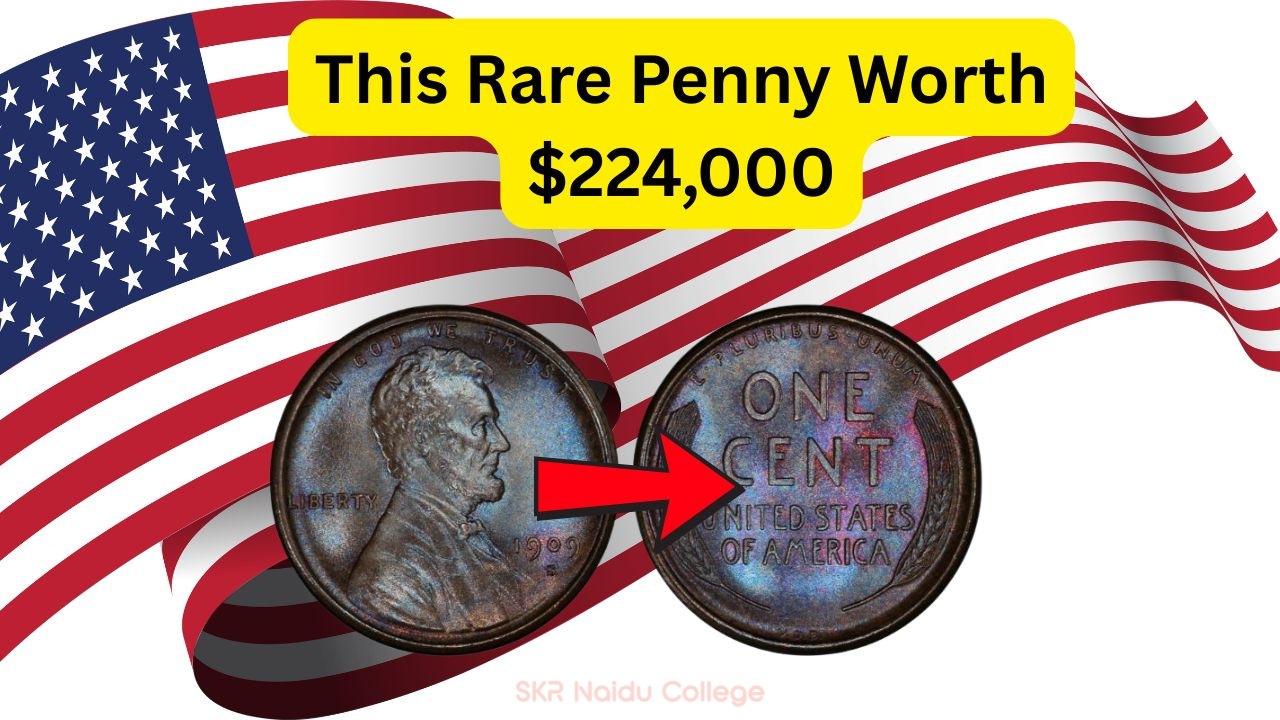Rare $1 Million Bicentennial Quarter: The possibility of stumbling upon a rare $1 million Bicentennial quarter is an intriguing thought for coin collectors and enthusiasts alike. This particular coin, minted in 1976 to commemorate the 200th anniversary of the United States, holds a special place in the hearts of numismatists. Although millions were produced, a select few boast unique features that could make them worth a fortune.
Understanding the Value of Bicentennial Quarters
While most Bicentennial quarters are worth their face value, certain factors can increase their worth significantly. These factors include minting errors, rare mint marks, and the coin’s condition. Coins with a unique history or those minted in lower numbers tend to be more valuable. For instance, a Bicentennial quarter with a proof finish or one that was part of a special mint set can command higher prices in the market.
- Minting errors can make a coin unique and increase its value.
- Proof coins, with their mirror-like finish, are usually more sought after.
- Coins with a ‘D’ mint mark from the Denver Mint are particularly valuable in pristine condition.
- Coins that remain in uncirculated condition fetch a premium.
- Limited edition mint sets, if intact, can be of significant value.
- Historical significance adds to the allure of these coins.
- The demand among collectors can drive up the price of rare coins.
Checklist for Identifying Rare Coins
| Feature | Significance |
|---|---|
| Mint Mark | Identifies the mint location, influencing rarity. |
| Condition | A pristine, uncirculated coin is more valuable. |
| Error Coins | Unique errors can drastically increase value. |
| Proof Coins | Specially struck for collectors with a mirror-like finish. |
| Historical Context | Coins tied to historical events can be more desirable. |
| Demand | High demand among collectors can spike prices. |
| Rarity | Lower mint numbers often lead to higher value. |
Where to Find these Rare Quarters
If you’re on the hunt for a rare Bicentennial quarter, there are several strategies you can employ. Checking your spare change is a simple yet effective method. Coin shows and auctions are also ideal venues for finding rare coins. These events often attract dealers and collectors, providing a rich ground for potential discoveries. Online platforms also offer a plethora of opportunities to find and purchase rare Bicentennial quarters.
- Examine your change regularly for any unique coins.
- Attend coin shows and auctions to network with dealers.
- Explore online marketplaces dedicated to coin collecting.
- Join numismatic clubs for insider tips and trading opportunities.
Investment Potential of Bicentennial Quarters
| Aspect | Impact |
|---|---|
| Rarity | Increases desirability and value. |
| Condition | Well-preserved coins are more valuable. |
| Market Trends | Fluctuations can affect investment value. |
| Collector Interest | High interest can drive up prices. |
| Historical Significance | Historical context can enhance value. |
| Long-term Potential | Coins often appreciate over time. |
| Liquidity | Rare coins can be easily sold to collectors. |
Potential for Finding a $1 Million Quarter
While the chance of finding a $1 million Bicentennial quarter is slim, it’s not impossible. Stories abound of individuals uncovering rare coins in unexpected places, from old jars to inherited collections. Keeping an eye out for unique features and understanding what makes a coin valuable can significantly increase your chances of discovering a hidden gem. Remember, patience and persistence are key in the world of coin hunting.
- Check old coins inherited from family or friends.
- Explore flea markets and antique shops for hidden treasures.
- Stay informed about rare coin features and market trends.
- Utilize online resources to identify potential finds.
- Network with other collectors to share insights and strategies.
Famous Bicentennial Quarters in History
| Year | Feature |
|---|---|
| 1976 | Special bicentennial design introduced. |
| 1975 | Pre-production planning and design phase. |
| 1977 | Post-release analysis of minting success. |
| 1985 | First notable auction of rare quarters. |
| 2001 | Significant discovery of error coins. |
| 2010 | Collector interest peaks in bicentennial coins. |
| 2020 | Online platforms boost trading opportunities. |
Tips for Aspiring Coin Collectors
Embarking on a journey as a coin collector requires some foundational knowledge and a keen eye for detail. Understanding the basics of numismatics and the specific features that add value to coins are crucial first steps. Additionally, developing a network within the coin collecting community can provide valuable insights and opportunities to acquire rare pieces.
- Research the history and value of coins before purchasing.
- Start small and gradually expand your collection.
- Attend coin shows to gain firsthand experience and knowledge.
- Join online forums and groups for community support.
- Invest in a good magnifying glass to inspect coins closely.
Maintaining and Protecting Your Coin Collection
- Store coins in a cool, dry place to prevent damage.
- Use acid-free holders to preserve coin quality.
- Regularly inspect and clean your coins with appropriate methods.
- Avoid handling coins with bare hands; use gloves.
- Document your collection for insurance purposes.
The Role of Coin Dealers in Collecting
Coin dealers play an essential role in the numismatic world. They serve as a bridge between collectors and the market, offering expertise and insights that can guide your collecting journey. Establishing a good relationship with a reputable dealer can open doors to rare finds and provide opportunities for learning and growth within the hobby.
Frequently Asked Questions About Bicentennial Quarters
Q: How can I tell if my Bicentennial quarter is rare?
A: Look for unique features such as mint marks, proof finishes, and minting errors.
Q: What is the best way to sell a rare Bicentennial quarter?
A: Consider auctions, coin shows, or online platforms dedicated to rare coins.
Q: Is investing in rare coins profitable?
A: While it can be, it requires knowledge, patience, and market awareness.
Q: Where can I learn more about coin collecting?
A: Join numismatic clubs, online forums, and attend coin shows for resources and networking.
Q: How do I ensure the value of my coin collection?
A: Proper storage, documentation, and regular appraisals can help maintain value.

